SAP stands for Super Absorbent Polymer, a polymer material with a strong ability to absorb water. In sanitary napkins, SAP can help quickly absorb and lock in menstrual fluid, keep the surface dry, and provide long-term comfort.
item no.:
Japan-branded SAPPayment:
T/T, L/Cproduct origin:
JapanColor:
whiteshipping port:
XiamenLead Time:
15-20 days from receiving the depositSuper Absorbent Polymer SAP for Sanitary Napkin Raw Materials
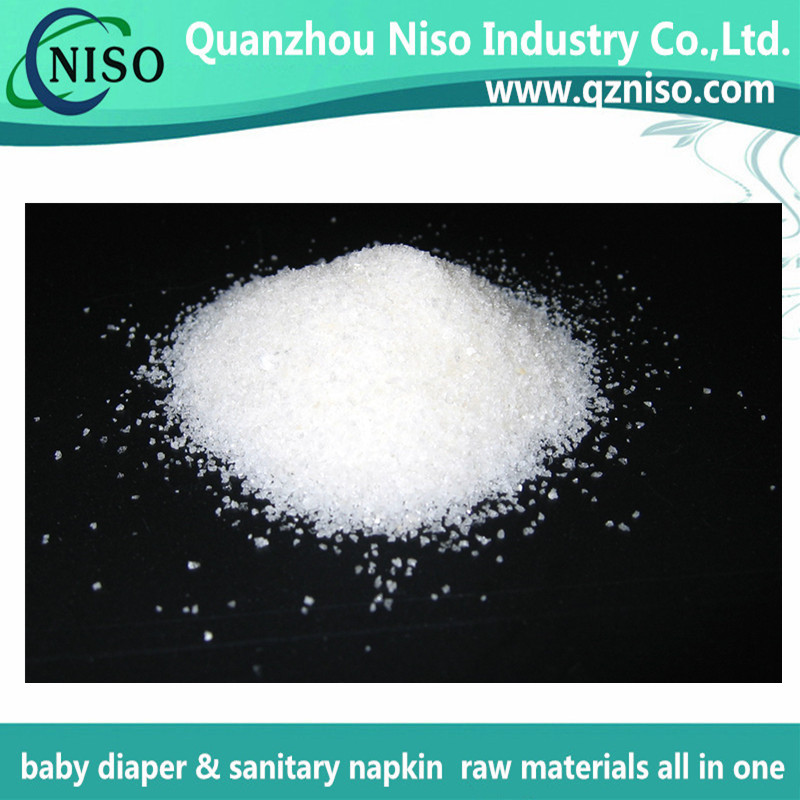
SAP (Super Absorbent Polymer) is a key raw material for sanitary napkins, known for its exceptional absorbency and retention properties. These polymers can absorb and retain liquid many times their weight, making them vital in enhancing the absorbency of sanitary products.
The main characteristics and functions of SAP raw material for sanitary pads include:
1.High Absorbency & Retention: Absorbs and securely locks away liquid, preventing leakage.
2. Fast Absorption: Quickly draws in liquid upon contact, keeping the surface dry.
3. High Retention Capacity: Holds large volumes of liquid, ensuring long-lasting dryness.
4. Thin & Discreet: Enables ultra-thin pad designs for comfort and invisibility.
5. Odor Control: Reduces odors by effectively containing moisture.
6. Soft & Comfortable: Provides a soft feel for enhanced user comfort.
How SAP works in sanitary napkins
SAP is typically used as the raw materials of sanitary napkin. It helps improve capacity for better retention in a sanitary napkin, allowing the sanitary napkin to be thinner with improved performance and less usage ofpine fluff pulp. The molecular structure of the polyacrylate has sodium carboxylate groups hanging off the main chain. When it comes in contact with water, the sodium detaches itself, leaving only carboxyl ions. Being negatively charged, these ions repel one another so that the polymer unwinds and absorbs water, which is attracted by the sodium atoms. The polymer also has cross-links, which effectively leads to a three-dimensional structure. It has high molecular weight of more than a million; thus, instead of getting dissolved, it solidifies into a gel. The Hydrogen in the water (H-O-H) is trapped by the acrylate due to the atomic bonds associated with the polarity forces between the atoms. Electrolytes in the liquid, such as salt minerals (urine contains 0.9% of minerals), reduce polarity, thereby affecting superabsorbent properties, especially with regard to the superabsorbent capacity for liquid retention.Linear molecular configurations have less total capacity than non-linear molecules but, on the other hand, retention of liquid in a linear molecule is higher than in a non-linear molecule, due to improved polarity.
Examples of a linear molecule
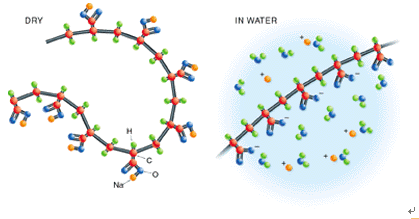
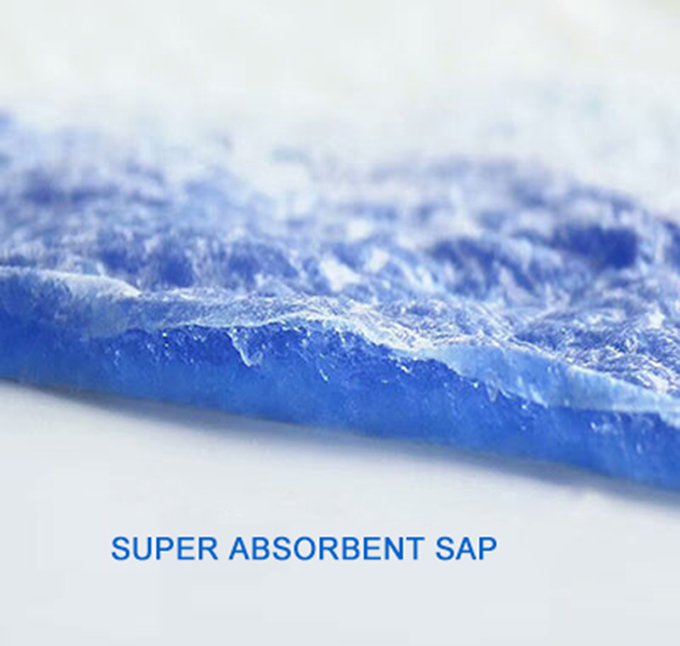
Customer Reviews
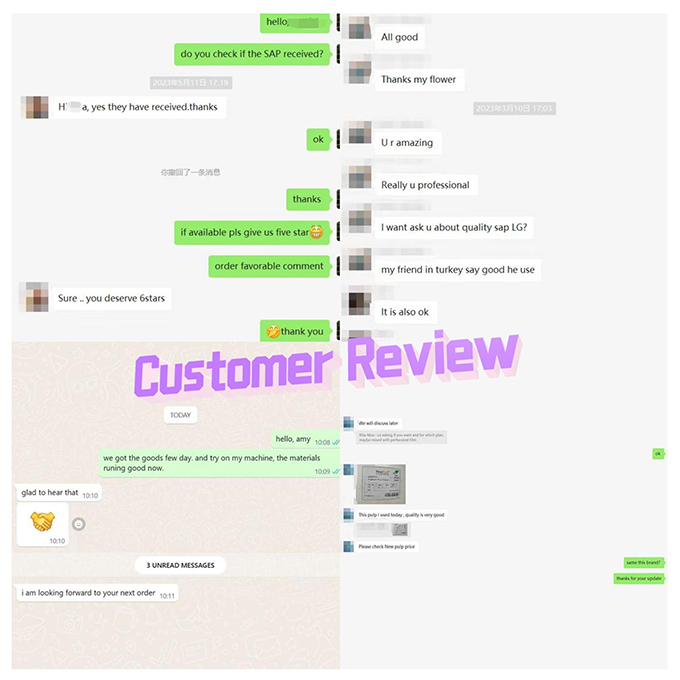
Other Sanitary napkin raw materials are available:
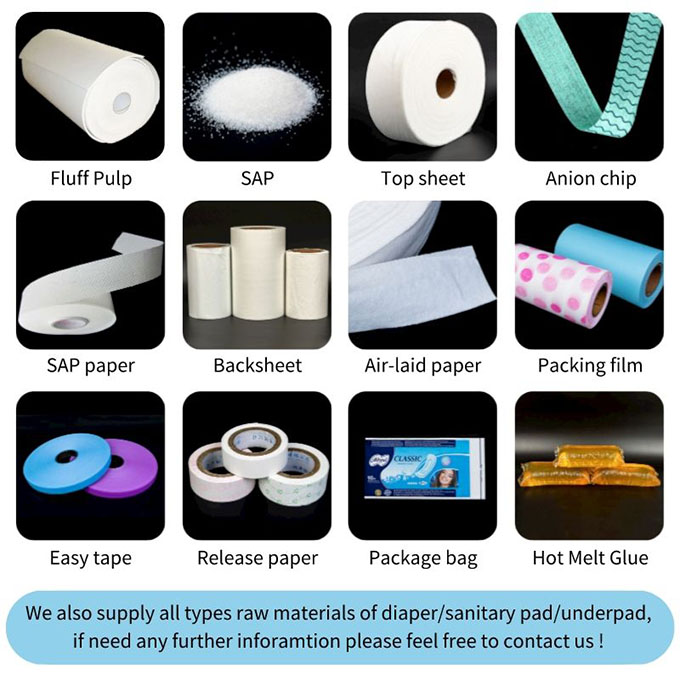
FAQ
Q: Is the SAP used in sanitary napkins environmentally friendly?
A: The SAP used in our sanitary napkins is typically eco-friendly and can be sustainably recycled when properly processed. These SAP materials are designed to minimize environmental impact after use.
Q: How do we confirm its safety and suitability?
A: Full TDS (Technical Data Sheet) provided.
Q: Will it impact high-speed production line efficiency?
A: Our production-optimized SAP granules feature low-dust properties and excellent flowability, ensuring seamless compatibility with fluff pulp/nonwoven fabrics and zero clogging in thermal/ultrasonic bonding processes.
Q: What are the MOQ and delivery time?
A: MOQ: 1 ton, delivery within 15 days (after deposit confirmation).
Q: Can we test samples before bulk orders?
A: Free samples available (customer covers shipping costs).
Test Vedio
Quanzhou Niso Industry Co.,Ltd is your best choice for diaper raw material, sanitary napkin material and disposable hygiene products in China.